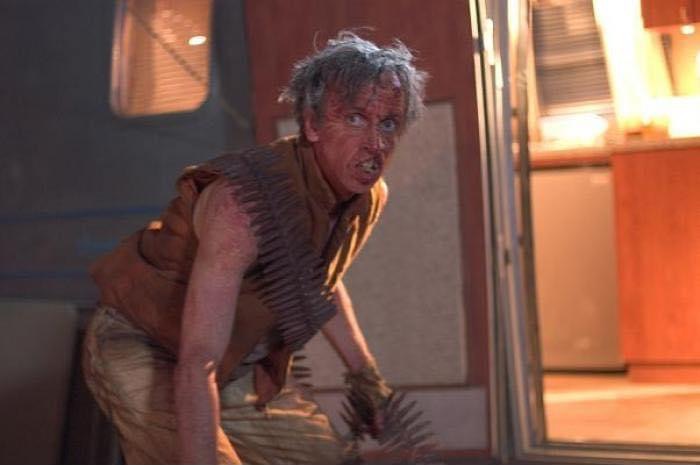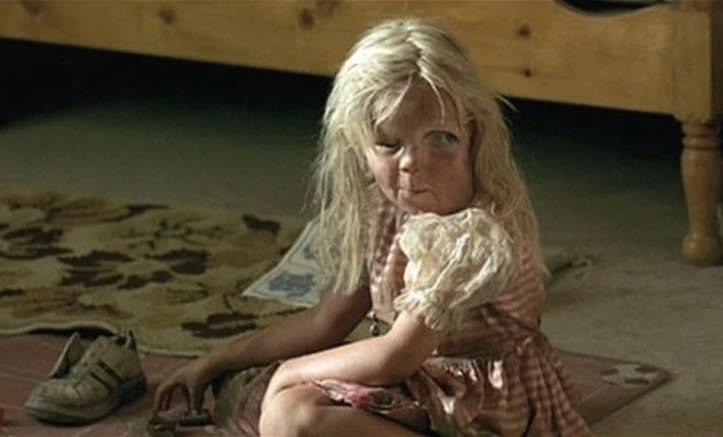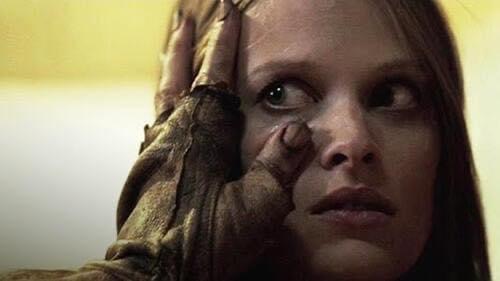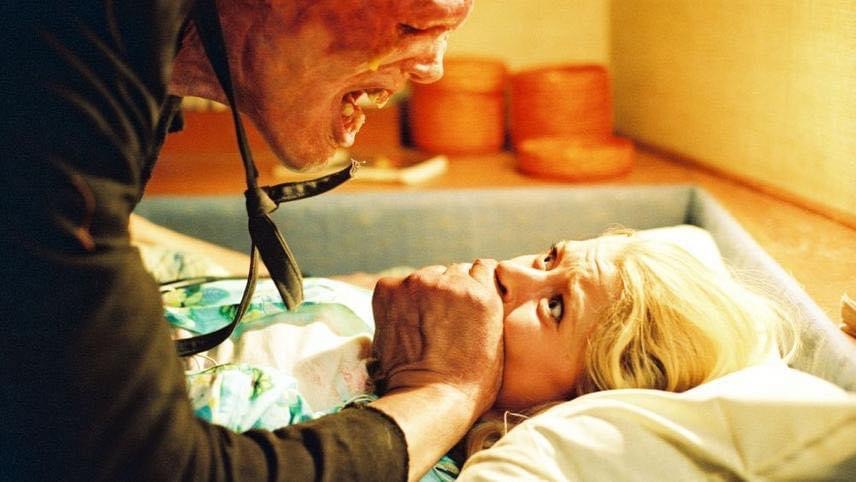The Hills Have Eyes (2006)

The Hills Have Eyes (2006) Review: A Brutal and Tense Survival Horror
Alexandre Aja’s 2006 remake of The Hills Have Eyes is a relentless and vicious reimagining of Wes Craven’s 1977 horror classic. Known for its extreme violence, disturbing imagery, and unflinching depiction of human survival, the film is a hard-hitting entry in the horror genre that plays on deep fears of isolation, vulnerability, and the breakdown of civilized behavior in the face of brutality. While it’s not for the faint of heart, the remake adds a modern intensity to the original, creating a gripping but disturbing viewing experience.
Suggested videos for you:
Plot Overview
The film follows the Carter family, a middle-class American family traveling through the desert on a road trip to California. While driving through a remote part of the New Mexico desert, they are stranded after their car and trailer break down, thanks to a trap set by a group of deformed, cannibalistic mutants living in the nearby hills. As night falls, the Carters find themselves hunted and brutally attacked by these mutants, who are the result of nuclear testing in the region.
The family, initially helpless and unprepared for such violence, must fight for survival against the relentless, sadistic mutants. The conflict becomes a brutal test of endurance as the family members are forced to defend themselves and seek revenge for the horrors inflicted upon them.
Themes of Survival and Brutality
At its core, The Hills Have Eyes is a survival horror story that explores the breakdown of order and the raw instincts that emerge when people are pushed to their limits. The Carter family, who start out as an ordinary suburban family with typical concerns, are forced into a nightmarish situation where they must quickly adapt or die. The film examines how the civilized veneer of society crumbles in the face of extreme violence, forcing the characters to confront the primal urge for survival and vengeance.
The film’s setting—a desolate, barren desert wasteland—emphasizes the theme of isolation. The landscape itself is hostile, offering no shelter or means of escape. This sense of isolation intensifies the horror as the family realizes they are entirely on their own, with no help coming. The mutants, who are products of nuclear fallout, represent the terrifying unknown that lurks beyond the edges of civilization, and their cruelty serves as a contrast to the family’s own journey from helpless victims to hardened survivors.
Brutal and Uncompromising Violence
One of the most notable aspects of The Hills Have Eyes is its brutal, unflinching depiction of violence. The film doesn’t shy away from graphic, disturbing imagery, and many of its scenes are difficult to watch. Aja, known for his work in the horror genre, pushes the boundaries of what is often depicted in mainstream horror, delivering scenes of gore, sexual violence, and intense physical suffering.
The film’s most shocking moments, such as the attack on the family’s trailer, are crafted to be viscerally disturbing. Aja doesn’t hold back in showing the raw terror of being trapped and powerless, and the cruelty of the mutants is portrayed in a way that feels both grotesque and real. These moments make the film stand out as one of the more extreme entries in the mid-2000s horror remake wave, but they also push the limits of what some viewers may be able to handle.
While the violence is excessive, it’s also part of what makes the film effective as a horror movie. It’s not just gore for the sake of gore—the violence underscores the film’s exploration of human savagery and the lengths people will go to in order to survive. The transformation of Doug (Aaron Stanford), the mild-mannered son-in-law, from an everyday man into a ruthless protector of his family is one of the film’s central arcs, and the violence he encounters and perpetrates is key to this evolution.
Performances and Character Development
The performances in The Hills Have Eyes are solid, especially considering the emotionally and physically intense nature of the roles. Aaron Stanford, as Doug, goes through the most dynamic transformation, starting as a somewhat ineffectual member of the family and evolving into a hardened survivor. His journey from passive to proactive is one of the film’s more compelling elements, and Stanford portrays this arc convincingly, showing both fear and determination in equal measure.
Kathleen Quinlan as Ethel and Vinessa Shaw as Lynn also give strong performances, portraying the terror and grief of the situation with raw emotion. 
Reception:
Critically, the remake was praised for its intensity and adherence to the spirit of the original, though some found it too violent and disturbing. Fans of horror and survival films generally appreciated its brutal, no-holds-barred approach. However, viewers looking for psychological horror or more nuanced storytelling might find it lacking.
Final Verdict:
The Hills Have Eyes (2006) is a well-executed, visceral remake that will appeal to fans of gory, relentless horror. It’s brutal, disturbing, and intense, staying faithful to the original while cranking up the violence and tension. If you’re into extreme survival horror, this film delivers in spades, but it’s definitely not for the squeamish.











